A Little Aviation Physiology
Understand that the usual study of physiology concerns itself with abnormal physiology in a “normal” environment. Aviation physiology is about normal physiology in an “abnormal” environment. In order to understand it, we need to understand that environment, i.e. the atmosphere.
Physics of the Atmosphere

Pressure Changes with Altitude

- AT SEA LEVEL THE PRESSURE IS 29.92”Hg
- AT 18000’ THE PRESSURE IS HALF OR 14.96”Hg
- AT 33,700’ THE PRESSURE IS HALF AGAIN OR 7.48”Hg
This phenomenon is of critical importance in aviation physiology as you will see. The atmosphere is made up of a mixture of gases in constant motion. Nitrogen (78%) and Oxygen (21%) are the most abundant gases, with much smaller percentages of other gases, including Carbon Dioxide. Understand that, although the percentages of the gases remain constant with altitude, their absolute quantity diminishes as one ascends (i.e. there are fewer molecules per unit of volume). This is due to the decrease in pressure with altitude.
Barometric Pressure
The next blog will be a brief discussion on hypoxia, particularly altitude hypoxia.
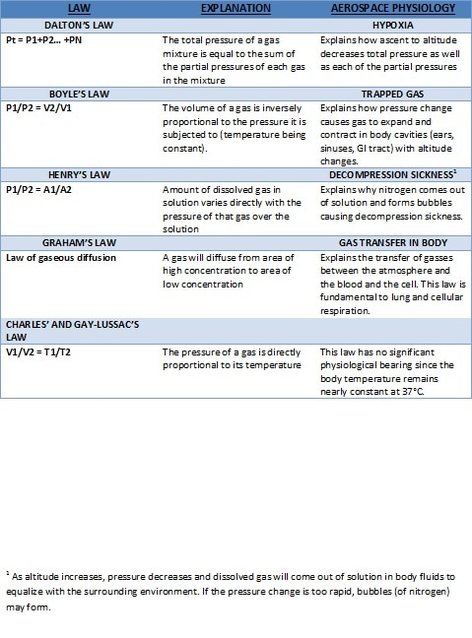
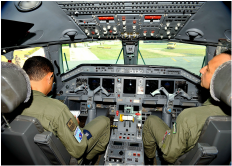
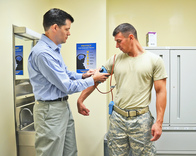
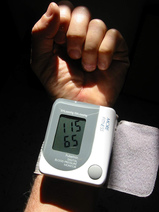
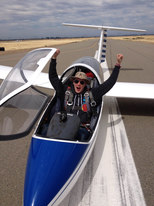

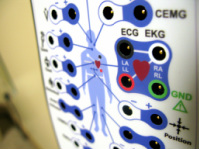



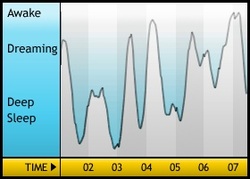
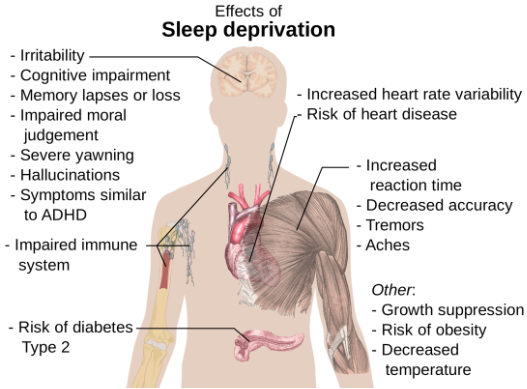



 RSS Feed
RSS Feed